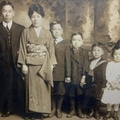
Greg Robinson
@GregGreg Robinson, a native New Yorker, is Professor of History at l'Université du Québec À Montréal, a French-language institution in Montreal, Canada. He is the author of the books By Order of the President: FDR and the Internment of Japanese Americans (Harvard University Press, 2001), A Tragedy of Democracy; Japanese Confinement in North America (Columbia University Press, 2009), After Camp: Portraits in Postwar Japanese Life and Politics (University of California Press, 2012), Pacific Citizens: Larry and Guyo Tajiri and Japanese American Journalism in the World War II Era (University of Illinois Press, 2012), and The Great Unknown: Japanese American Sketches (University Press of Colorado, 2016), as well as coeditor of the anthology Miné Okubo: Following Her Own Road (University of Washington Press, 2008). Robinson is also coeditor of the volume John Okada - The Life & Rediscovered Work of the Author of No-No Boy (University of Washington Press, 2018).
His historical column “The Great Unknown and the Unknown Great,” is a well-known feature of the Nichi Bei Weekly newspaper. Robinson’s latest book is an anthology of his Nichi Bei columns and stories published on Discover Nikkei, The Unsung Great: Portraits of Extraordinary Japanese Americans (University of Washington Press, 2020). It was recognized with an Association for Asian American Studies Book Award for Outstanding Achievement in History Honorable Mention in 2022. He can be reached at robinson.greg@uqam.ca.
Updated March 2022
Stories from This Author

Howard Thurman and Japanese Americans - Part 1
June 2, 2021 • Greg Robinson , Peter Eisenstadt
During the early 1940s, Howard Thurman, a noted orator and writer, was dean of chapel and professor of religion at Howard University, a historically Black university in Washington DC. He usually spent his summers on the road, traveling to conference centers, retreats, and churches. Despite the wartime conditions, the summer of 1942 was no different. That July, his journeys took him as far west as California, where he attended a 10-day Race Relations institute at Whittier College. During that trip, …
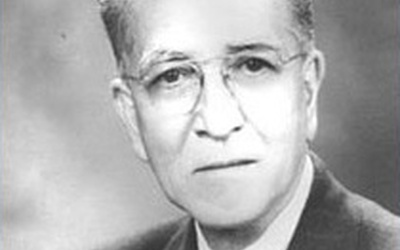
Kinjiro Matsudaira: Mayor of Edmonston, Maryland
May 5, 2021 • Greg Robinson , Jonathan van Harmelen
In the pre-World War II years, mainland Japanese Americans were all but absent from electoral office. Whereas in Hawaii there were Nisei representatives in the Territorial Assembly and even a Senator, Sanji Abe, those living elsewhere found endemic anti-Japanese prejudice an effective barrier to even running for elected office, though a few West Coast Nisei such as Clarence Arai and Karl Yoneda launched campaigns. After World War II, a wave of Japanese American politicians rose to prominence as part of …
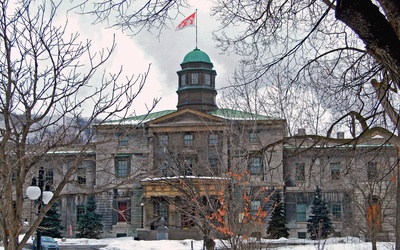
‘One mistaken and semi-Fascist regulation’ : The Debate over McGill University’s Wartime Exclusion of Japanese Canadians
April 6, 2021 • Greg Robinson
One remarkable story that comes out of the wartime removal and dispossession of Japanese Canadians is that of their exclusion at McGill University. In fall 1944, McGill, the historic university in Montreal, became the first Canadian institution of higher education officially to close its doors to Japanese Canadian students. Its action sparked widespread opposition, and led to the first visible public protest during the wartime period by non-Japanese Canadians on behalf of the citizenship rights of the Nisei. (While Tess …
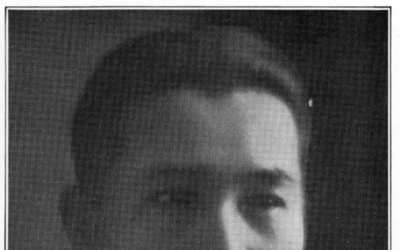
Laying Down the Law of Love: The 1936 American Tour of Toyohiko Kagawa
March 12, 2021 • Greg Robinson , Bo Tao
It was the middle of December 1935. The Nippon Yusen liner Asama Maru had just concluded a fourteen-day voyage. After leaving Yokohama and stopping at a port of call in Honolulu, it arrived in San Francisco. As Asama Maru sailed into San Francisco Bay, its 800 passengers looked on, no doubt thinking of the ventures and reunions that lay ahead. Among the crowd on deck was a 47 year-old Japanese man whose entry into the United States was unexpectedly halted. …
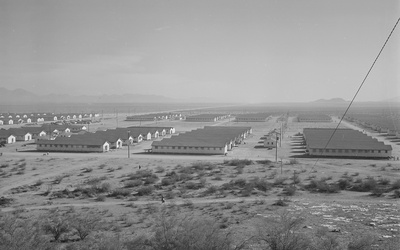
How fair is “Fair Enough?” Westbrook Pegler and Japanese Americans - Part 2
Feb. 12, 2021 • Greg Robinson , Jonathan van Harmelen
Read Part 1 >> On May 4, 1943, a few days after his two columns on Japanese Americans appeared in print (and less than two weeks after Eleanor Roosevelt’s tour of the same camp) Pegler came to Gila River. Afterwards, Pegler wrote in his May 6, 1943 column that conditions were austere and trying, but asserted that many Japanese Americans – specifically Kibei - were disloyal and “savages like the Japanese soldier.” He cited a rumor spread by a nurse …
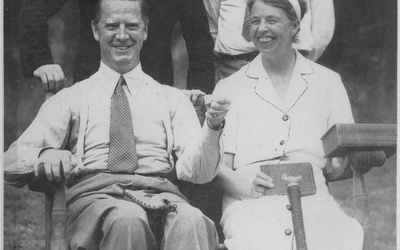
How fair is “Fair Enough?” Westbrook Pegler and Japanese Americans - Part 1
Feb. 11, 2021 • Greg Robinson , Jonathan van Harmelen
On March 28, 1945, the Manzanar Free Press ran a remarkable article relating to Japanese Americans. In discussing the U.S. Supreme Court’s ruling in the case of Korematsu vs. United States, the text cited the noted (and notorious) newspaperman Westbrook Pegler, who had proclaimed in his nationally syndicated column “Fair Enough” that Fred Korematsu had been convicted for violating a rule issued by “a lieutenant-general”—referring to General John DeWitt –“but (who) might as well have been a corporal.” In addition …
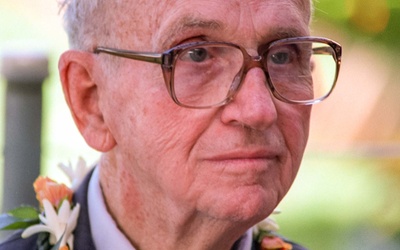
Mari Sabusawa Michener: Supporter of the Arts
Jan. 28, 2021 • Greg Robinson
Read Part 1 >> Following their wedding, James and Mari Michener went on an extended honeymoon in Hawaii and Australia. In the period that followed, they moved to Hawaii, where James A. Michener did research for his bestselling 1959 novel Hawaii. However, two years later, the couple unleashed a storm of controversy when The New York Post journalist Joseph Wershba ran an article quoting Michener as saying that the couple had been forced to leave Hawaii due to racism against his …
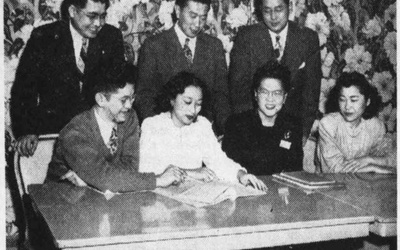
Mari Sabusawa: Champion of Civil Rights
Jan. 27, 2021 • Greg Robinson
One arena of public life in which Japanese Americans have achieved great visibility during the 20th century is the arts. A constellation of brilliant Nisei artists, including Isamu Noguchi, Ruth Asawa, George Nakashima, Shinkichi Tajiri, Frank Okada, and Satoru Abe, won renown on the national and international level for their work. Curiously, one of the most outstanding Nisei contributors to the American artistic and literary scene was Mari Sabusawa Michener, a woman who never produced any artwork or creative fiction on …
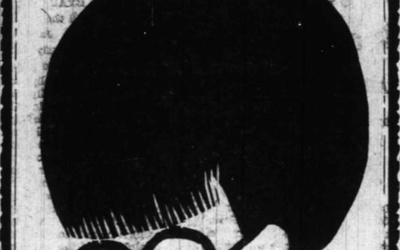
Foujita Discovers the Americas: An Artist's Tour - Part 2
Jan. 8, 2021 • Greg Robinson , Seth Jacobowitz
Read Part 1 >> After his stays in Brazil, Argentina, Bolivia, Peru, and Cuba, Tsuguharu Foujita resumed his round-the-world tour. In November 1932, he arrived in Mexico City. As an international celebrity in the art world, he was already well-known to Mexican art lovers. As early as 1922, his work had been the subject of a feature article in the newspaper Excelsior, “Foujita, Un grande y extraño artista japones, muy apludido en Paris.” [Foujita, A great and strange Japanese artist, Greatly …
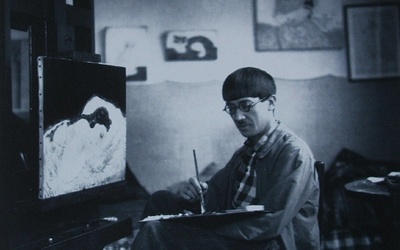
Foujita Discovers the Americas: An Artist's Tour - Part 1
Jan. 7, 2021 • Greg Robinson , Seth Jacobowitz
The name of Léonard Foujita (AKA Tsuguharu Foujita) has lost much of its luster today. However, in his heyday in Paris in the 1920s, Foujita was not only the most celebrated Japanese artist in the world, but (along with Hollywood star Sessué Hayakawa) arguably the most famous living person of Japanese ancestry. Born Tsuguharu Fujita in Japan in 1886, the son of a Japanese general, in 1913 he left Japan to seek his career as a painter in Paris (where …



